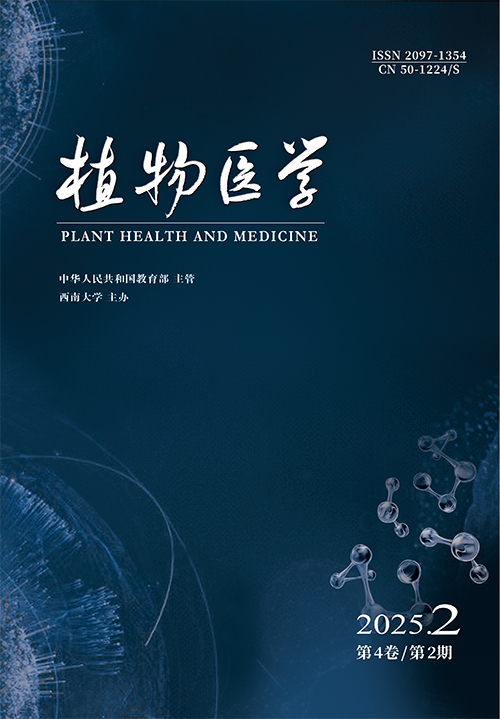Effects of Different Application Methods of Pseudomonas fluorescens on the Occurrence of Tobacco Bacterial Wilt in Field
- Received Date: 01/11/2021
-
Key words:
- Pseudomonas fluorescens /
- microbial inoculant /
- application method of inoculants /
- tobacco bacterial wilt
Abstract: Tobacco bacterial wilt is widespread in the tobacco-growing areas in southwestern China and is a main disease that affects the quality and yield of tobacco leaves. In order to reduce the harm imposed on tobacco crop by this disease and provide a theoretical basis for the scientific application of microbial agents and for the promotion of the healthy, green and sustainable development of the tobacco industry, a field experiment was made with Yunyan 87, the main variety of flue-cured tobacco, to explore the effects of different application methods of Pseudomonas fluorescens on the occurrence of tobacco bacterial wilt and the growth and development of tobacco. The results showed that application of the microbial (P. fluorescens) fertilizer at 5 g/hill during transplanting had the highest control efficiency on tobacco bacterial wilt, with an ultimate control efficiency of 31.70%, and root irrigation with 100 mL of the microbial bacterial solution gave a control efficiency of 27.35%. The tobacco plants in the microbial inoculant treatment area grew more vigorously than those in the control area. In summary, hill application of bacterial fertilizer or root-dressing of bacterial liquid has certain control effects on tobacco bacterial wilt during transplanting.





 DownLoad:
DownLoad: